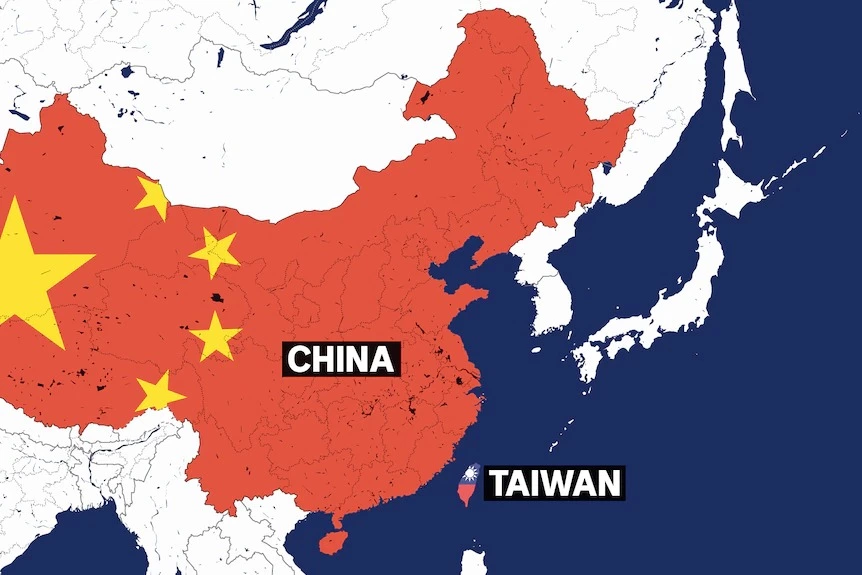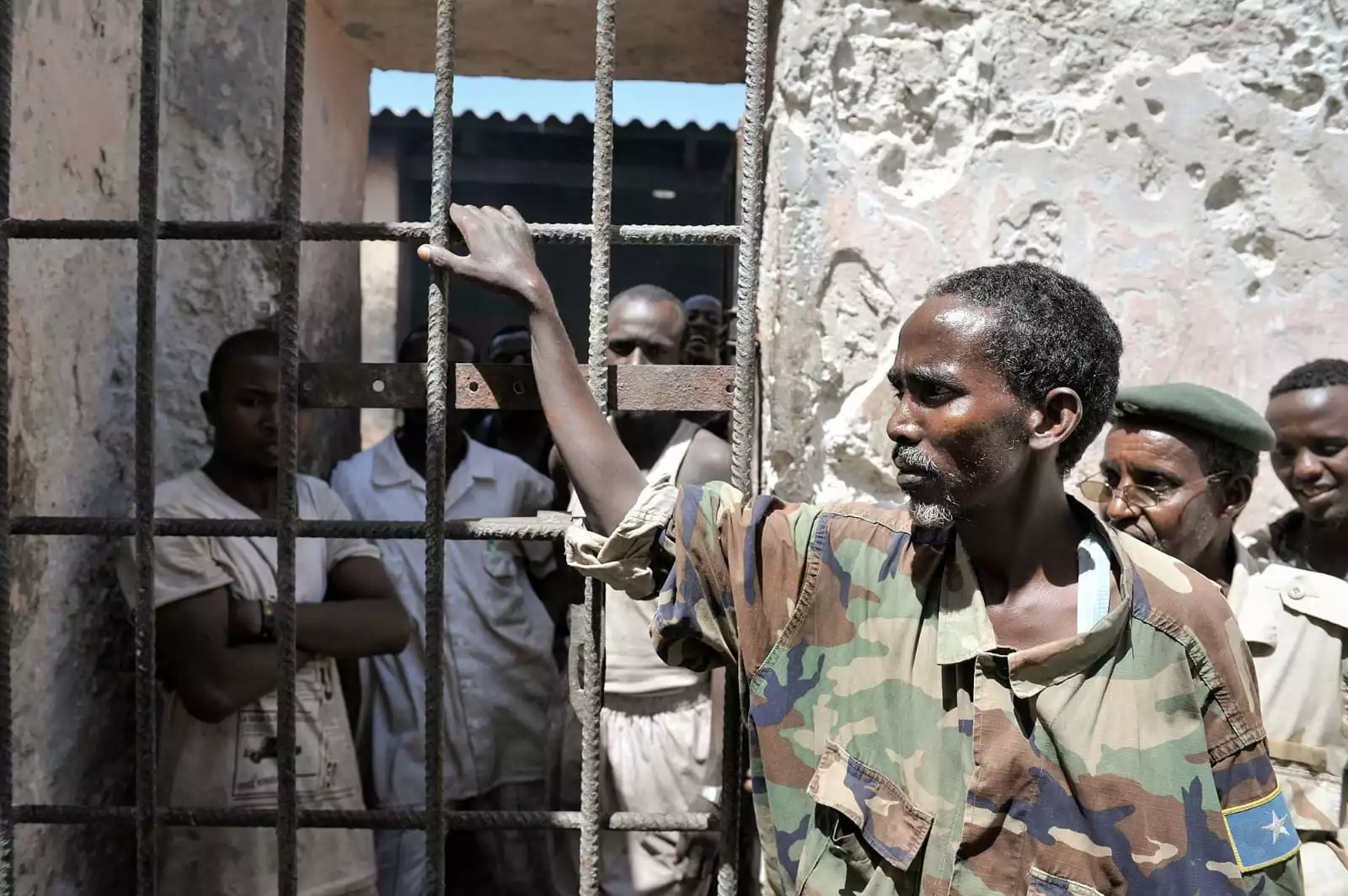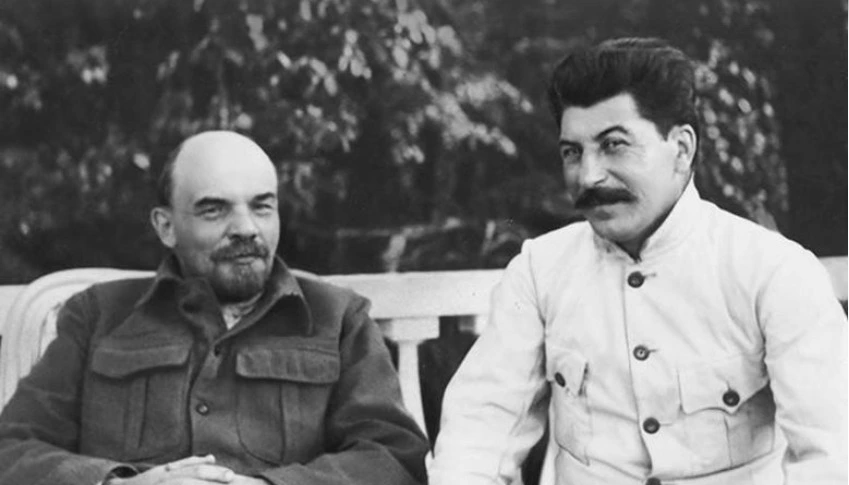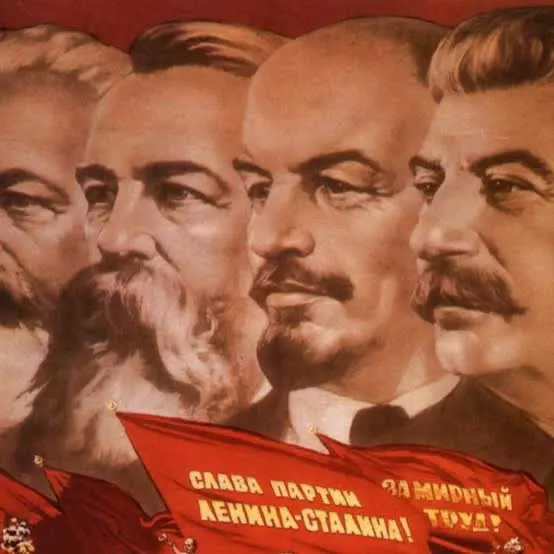To describe the momentous shock of the eventual battle for Taiwan metaphorically, it will be a contest between the tiger and the dragon as deadly adversaries: the tiger being Taiwan, and the dragon being the People’s Liberation Army (PLA). Military history teaches us that there is no prophet who can predict the timing of a war, nor is there a seer who, even with all the facts about the quantities of military hardware and troops, can predict the strategy and tactics that will decide the outcome. What we can say with confidence is that it will be brutal and cost thousands of lives on both sides, as it will be total war between China and the politically reactionary forces that control the Chinese people in Taiwan.
Taiwan was known historically as Formosa. The Republic of Formosa, or Republic of Taiwan, lasted only five short months after a bloody defeat by an invading Japanese Army; it was formed in 1895. The Treaty of Shimonoseki, which ended the war between the Qing dynasty of China and the Empire of Japan, gave Taiwan to the Japanese, but the majority of Chinese people living on the island had shown a desire not only to be a republic but also to be a part of mainland China. The republic was created by a group of high government officials, perhaps including military advisors, as well as the local people who, regardless of class interests, still supported the Qing dynasty and wanted to stop the Japanese taking over the government of Taiwan. On May 24, 1895, the new republic sent a copy of their declaration of independence to all the embassies in Taiwan. When the Japanese soldiers invaded Taiwan there were a series of intense street fights across the capital as well as in the rural areas of Taiwan. Japanese troops enjoyed a swift success in defeating the military forces that had been hastily organized in the new republic. Most of the republic's officials quickly left the island. Although I present this history of Taiwan as merely a sketch, it will be important to recall it later on when we analyze the current possibility of war between the People’s Republic of China and those who govern the island of Taiwan.
The modern Taiwan independence groups that are known to have ramped up the violent discourse about wanting a new Republic of Taiwan claim that their ‘new’ history is not related to the Taiwan of the past. They say that there is no connection between them and the 1895 Republic. The first Republic of Taiwan was loyal to China, but the new Republic of Taiwan would be independent of China. The current reality is that from an international diplomatic standpoint, Taiwan is not officially recognized by any major foreign government – not even by the United States, which supplies the Taiwan government with military arms and intelligence gathering of the military maneuvers of the PLA. This itself reveals a contradiction which may only be resolved through war with China. As one news outlet in the United Kingdom pointed out:
^Even the United States itself does not recognise Taiwan in full despite close ties, with the United Kingdom and the European Union in a similar situation. The reason why is a result of what Taiwan is as a polity: rather than being an independent nation next to China, it was founded as the last resort of the republican government of China, which withdrew there after the Chinese Communist Party won control of the mainland in 1949.
This historical background has set the stage for a war that has its roots in Taiwanese history. A nation can no more refute its history than an individual can, or else it loses itself in a quagmire of deception which leads to total ruin and calamity.

In invading Taiwan, the most obvious impediment is the geography of the island itself. As the well-known political analysist and military theorist, German Kulikovskiy, wrote online in a detailed piece about such an attack on Taiwan, the main problem consists in the island’s open geography:
The biggest problem with a hypothetical Chinese invasion of Taiwan is the price that Beijing would have to pay for such an assault. A Normandy-style landing operation wouldn't work in Taiwan, for a number of reasons. First, potential landing zones on the southwestern and northern/northeastern coasts of Taiwan were identified by both sides decades ago; outside of these areas, putting troops on the ground is only possible using helicopters – it is difficult, if not outright impossible, for naval troops to advance from the beaches in those areas. China only has two amphibious assault ships, and a helicopter assault through the Taiwan Strait would be too much even for China.
The beaches of Taiwan are not like the beaches of Normandy in 1944, where the Wehrmacht was the unified army of Nazi Germany and was defending those beaches in occupied France with deep military defense lines of operations, and the Allied troops almost lost their way there with the deaths of thousands of soldiers and destroyed tanks and amphibious landing craft – a wasteland of death amid the bloody Atlantic waters shimmering into the beaches. What Kulikovskiy implies is that the military leadership of the PLA is willing to take that risk, especially because of the military intelligence that the United States Navy and Air Force are willing to give to the Taiwanese armed forces, not excluding other potential allies of Taiwan such as Australia and the United Kingdom. There is an axis of reactionary forces building upon the world stage that although not fascist in name has an agenda similar in intent. What the PLA should be wary of is that the Taiwan regime will make use of these forces, similar to how the regime in the Ukraine is smoothly manipulating the United States Government, the European Union and NATO. This will be like throwing pebbles into water and watching the concentric circles develop and expand, in this case into deadly military forces which can reinforce the defensive capabilities of the Taiwanese armed forces. It will be up to the PLA to take away those pebbles from the regime in Taipei, to prevent the possibility of the war expanding into the oceans surrounding the island. I am reminded of various islands contested during the Peloponnese wars by the overreaching hegemony of Imperial Athens, which arm-twisted the Delian League into assisting in the eventual face-off against the highly disciplined army of Sparta and its allies within the Peloponnesian League. In warfare, whichever contender can complete the most concentric circles in the fluid waters of conflict is victorious in the end.
Again, I will stress the importance of geography, and how crucial it is where the PLA strikes its island adversary. It should be orchestrated with stealth and cunning, which should include the distribution of fictitious military intelligence on par with the great Soviet example of Maskirovka, creating a modern Maskirovka that uses all forms for cyberspace technology as well as implanting surgical strikes over specific military operation headquarters in the capital of Taipei and in field military commands, including airfields and missile installations. The PLA can surely learn from the mistakes of the Russian Government in their great error in not completing deep surgical, military strikes in Kiev and other areas of Ukraine, where other military compounds and missile sites were located. All this may seem to the reader a simplistic approach to invasion, but I would emphasize that detailed planning in an invasion is central to such an attack, especially the element of surprise. I do not think the PLA will play an international media game like the Putin regime with the Western allies, as if a cat and mouse game is an ingredient for attacking an adversary, regardless of whether one calls such an attack “war” or a “Special Military Operation”.
Let us quickly remind ourselves of the land layout of Taiwan. The land controlled by the Republic of China (ROC) consists of 168 islands with a combined area of 36,193 square kilometres (13,974 sq mi). The main island, known historically as Formosa, makes up 99 percent of this area, measuring 35,808 square kilometres (13,826 sq mi) and lying some 180 kilometres (112 mi) across the Taiwan Strait from the southeastern coast of mainland China. The main island is a tilted fault block, characterized by the contrast between the eastern two-thirds, consisting mostly of five rugged mountain ranges parallel to the east coast, and the flat to gently rolling plains of the western third, where the majority of Taiwan's population reside. There are several peaks over 3,500 metres, the highest being Yu Shan at 3,952 m (12,966 ft), making Taiwan the world's fourth-highest island.
What makes the community geography of Taiwan so important from a military point of view is to understand that the eastern side of the island with its vast mountain range of course includes forests, which might be the Achilles heel, as well as the Western plain region where most Taiwanese live. Long-range missile attacks, precise, steady and continuous, could be telling in defeating the Taiwan armed forces, although their air forces will certainly be a challenge. Theoretical suppositions are still only suppositions at best and have no reality to those men and women who plan such an immense and complicated operation. Finally, China's East Sea Fleet will have to intimidate or fight the United States Navy, which in turn could trigger, like in the Ukraine, a wider regional war. The Chinese Air Force will also have to contend with a highly sophisticated Taiwanese Air Force, whose pilots are trained to some extent by allied forces, for instance the United States Air Force which has been training the islands pilots for years. As for the Taiwanese Army, which is a part of the overall Republic of China Armed Forces, I will simply make one wary observation. The Taiwanese Army was created by Chinese officers in 1924. Its history can in fact be traced back to the establishment of the Whampoa Military Academy in Canton by 1911 revolutionary leader Sun Yat-sen where it was built as the National Revolutionary Army, the military arm of KMT. Whampoa Military Academy was relocated to Fengshan District, Kaohsiung City, Taiwan after 1949. It was re-established as the Republic of China Military Academy (中華民國陸軍軍官學校). The irony in this history is that in fact the great premier of the People’s Republic of China, Chou En-Lai, was a part of the Whampoa Military Academy, as were other Communist military officers, along with Chinese Nationalist officers of that time, who yearned for a united China. Thus, the contradictions within the Taiwanese Army are immense and perhaps will be resolved through war.
In ending this short essay, I will simply quote from a poem of Mao Zedong, who was the main military theorist of the People’s Liberation Army when he wrote these words in defeating the Nationalist Chinese Army:
The city, a tiger crouching, a dragon curling, outshining its ancient glory; In heroic triumph heaven and earth have been overturned.






